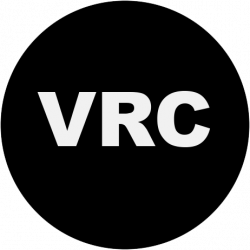Two new projects utilize Google Maps and historical photography to create composite views of contemporary city streets. The Museum of London‘s free mobile application, Streetmuseum, combines GPS and photographs from the museum’s collections to create an interactive visual exploration of London history.
Hold your camera up to the present day street scene and the same London location appears on your screen, offering you a window through time. Want to know more? Simply tap the information button for historical facts.
Historypin, a web-based project created by We Are What We Do in partnership with Google, pairs viewer-submitted photographs and their geographical coordinates with Google Street View, allowing for multiple snapshots of the same space throughout time. Viewers can also submit personal stories about specific places.


